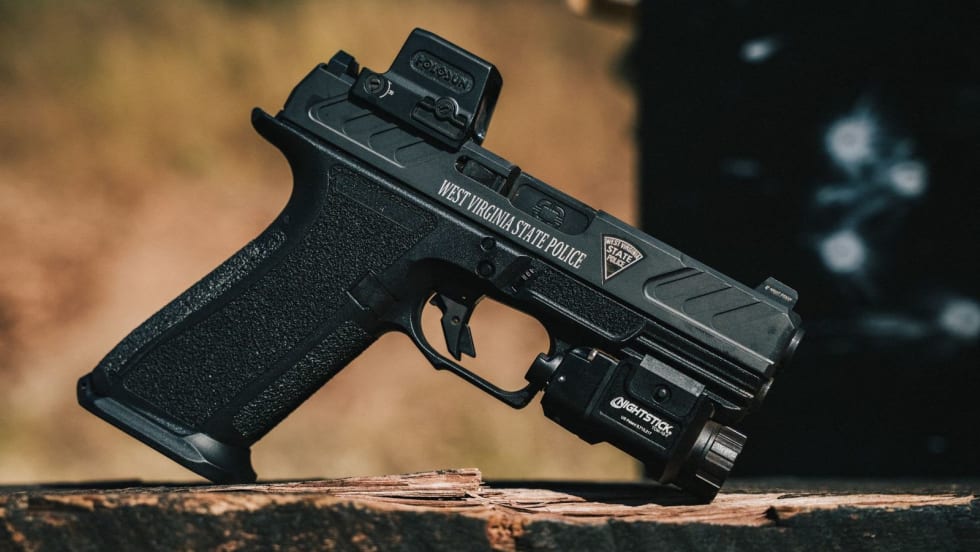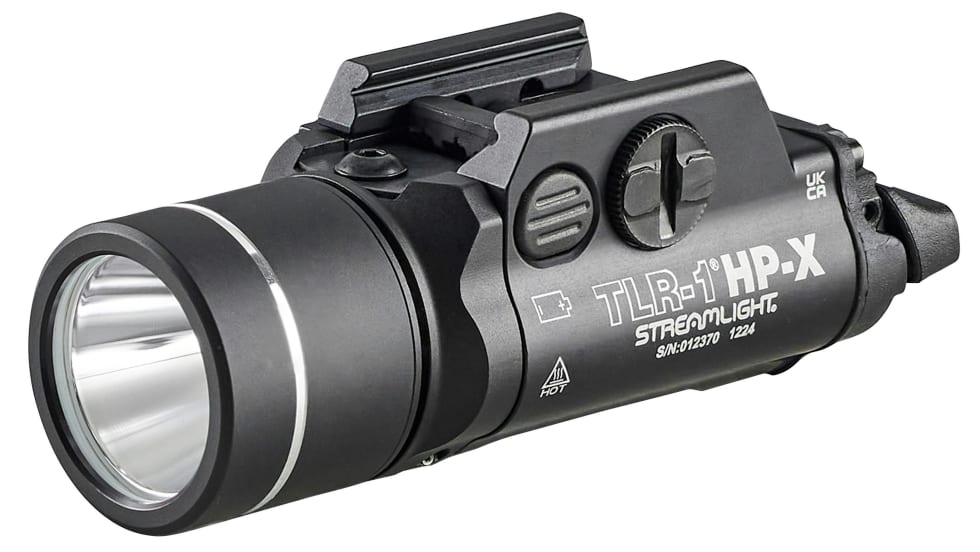It's a great gun, but for many officers it's too heavy for all-day wear. If you've ever carried a 1911, you know that by the end of the day, you develop a noticeable list to your gun side.
Colt recognized this shortcoming and introduced the Colt Lightweight Commander in 1953. Not only did this gun feature an abbreviated slide and barrel—4.25 inches compared to the Government Model's 5-inch barrel—it also used an aluminum frame. This change shaved more than a half pound from the gun's weight. That's not an insignificant reduction, especially if you're the one wearing the gun.
Reports of the alloy frames cracking after voluminous firing caused the wary gun-buying public to look at the LW Commander with a jaundiced eye. And it didn't help that in the early 1970s there was at least one company producing aftermarket aluminum frames of suspect quality. Assembled by kitchen-table gunsmiths, these guns failed often, and this added to the stigma of the aluminum frame.
Even though in more recent years, the alloy frames appear to be a non-issue, one 1911 producer took a good idea and made it even better. Last year Smith & Wesson introduced its SW1911PD pistols that feature scandium frames.
Scandium, discovered in the late 1800s, is as costly as gold to mine and almost as rare. A component of tin and tungsten ores, it takes tons of ore just to get a small amount of scandium. But the results are worth it. When alloyed with aluminum, scandium produces a tensile strength two to three times that of aluminum by itself.










